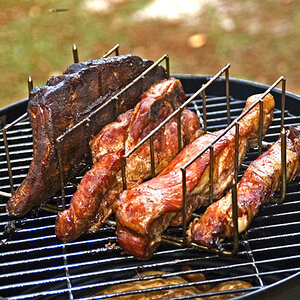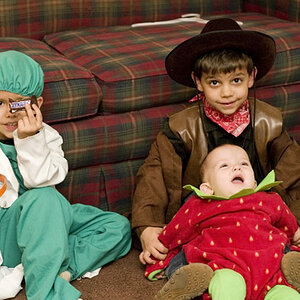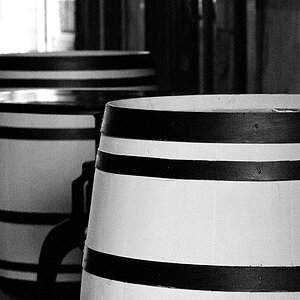jendra
TPF Noob!
- Joined
- Jun 24, 2010
- Messages
- 3
- Reaction score
- 0
- Location
- California
- Can others edit my Photos
- Photos NOT OK to edit
Indoor flower photographing is really difficult because lighting is the essential for flower photography.Not only is the camera's flash too bright at such a close distance, but it is probably in the wrong position to actually light up the flowers properly. We prefer daylight balanced compact fluorescent bulbs for lighting. Not only do they provide nice natural colored light, but they produce very little heat so they can be left on for long photo sessions without over heating the flowers, the camera or the photographer. Compact fluorescent bulbs fit in standard light fixtures, so a simple adjustable pair of clamp-on lamps fitted with a daylight balanced compact fluorescent bulb makes an acceptable (and very low cost) light source for flower photography.










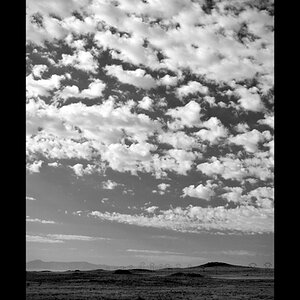
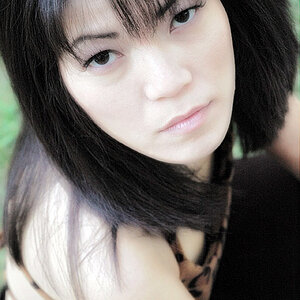
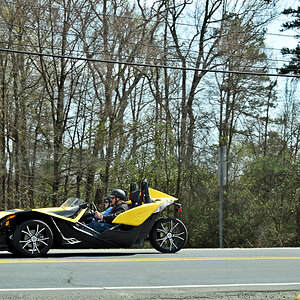
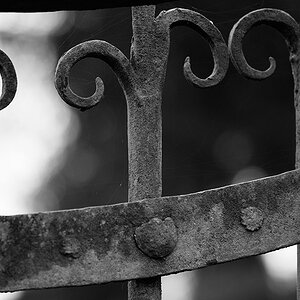
![[No title]](/data/xfmg/thumbnail/42/42034-6262420ff3ea238f05395bbcc7ae1f28.jpg?1619739985)
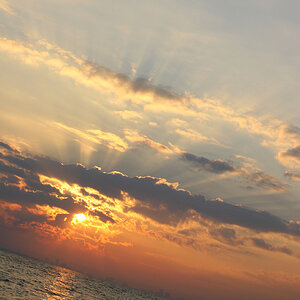
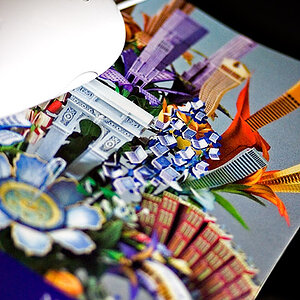
![[No title]](/data/xfmg/thumbnail/37/37617-2a07b7e10a8d9f154e8cd9727551e0ef.jpg?1619738151)
![[No title]](/data/xfmg/thumbnail/32/32157-d34c504b7ccf1335e959a8a2be6cfacc.jpg?1619735234)
